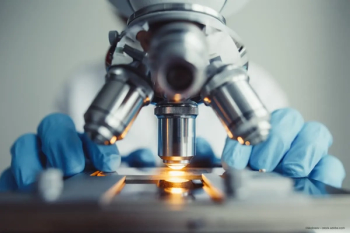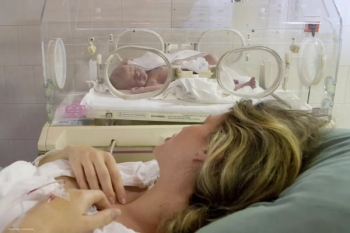
Potential of microplsamin to improve the treatment of a range of back of the eye diseases
A paper entitled A Placebo-Controlled Trial of Microplasmin Intravitreous Injection to Facilitate Posterior Vitreous Detachment Before Vitrectomy has been published online ahead of print in Ophthalmology.
A paper entitled A Placebo-Controlled Trial of Microplasmin Intravitreous Injection to Facilitate Posterior Vitreous Detachment Before Vitrectomy has been published online ahead of print in Ophthalmology. It covers the Phase II trial (MIVI III) with microplasmin, with the objective of evaluating the efficacy and safety of intravitreal microplasmin in facilitating the separation of the vitreous from the retina.
The paper showed that the highest dose of microplasmin (125µg) led to a greater likelihood of induction and progression of PVD than placebo injection. Moreover, patients in this dose group had a statistically significant improvement in visual acuity at the 35-day timepoint when compared to placebo. Also, the trial showed that patients receiving microplasmin were significantly more likely not to require vitrectomy surgery to resolve their underlying disease.
The results outlined in the article highlight that microplasmin could be a potential breakthrough for the treatment of certain patients suffering from vitreoretinal pathologic conditions related to vitreomacular adhesion. Vitreomacular adhesion is thought to play a key role in numerous back of the eye conditions such as macular hole formation, and some forms of macular oedema. Vitreomacular adhesion is also associated with much poorer prognosis in certain major eye conditions, including diabetic retinopathy and Age-Related Macular Degeneration (AMD).
ThromboGenics is now conducting an extensive Phase III program with microplasmin, referred to as MIVI-TRUST (Microplasmin IntraVitreous Injection - Traction Release without Surgical Treatment) for the non-surgical resolution of focal vitreomacular adhesion. The patient enrolement for the two Phase III trials was completed in 2009 ahead of schedule. The first results from this Phase III program are due in Q2 2010.
Steve Pakola, MD, chief medical officer of ThromboGenics and co-author of the Ophthalmology paper, commented: We are very pleased to have had these results with microplasmin published in such a prestigious journal. The Phase II trial data discussed in the paper demonstrate the exciting potential of microplasmin in treating a range of important back of the eye diseases. We very much look forward to announcing the first results from our Phase III program with microplasmin by mid 2010.
For a full discussion of the results from the Phase II trial (MIVI III),
Newsletter
Get the essential updates shaping the future of pharma manufacturing and compliance—subscribe today to Pharmaceutical Technology and never miss a breakthrough.












































